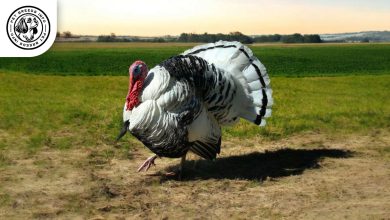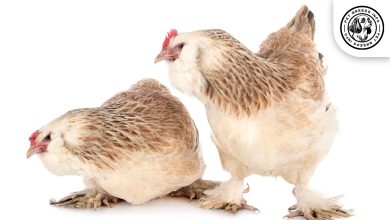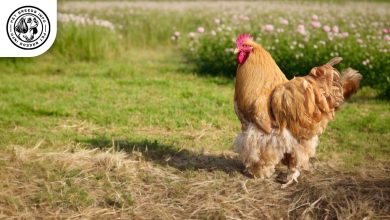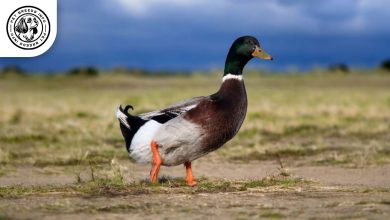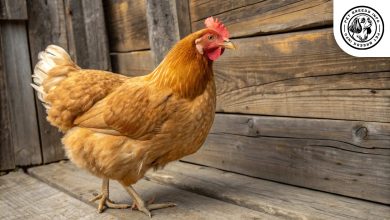Indian Runner Duck Breed: Personality, Lifespan, Food & Care
General Introduction of the Breed
The Indian Runner Duck, also known as the “Penguin Duck,” is a unique and fascinating breed of domestic duck. Originating from the Indonesian islands of Bali and Lombok, this breed was later brought to Europe in the 19th century. It was primarily developed for its excellent egg-laying abilities and distinctive upright posture, which allows it to run rather than waddle like typical ducks.
Table of Contents
| Common Name | Indian Runner Duck, Penguin Duck |
| Scientific Name | Not explicitly mentioned in the text |
| Origin | Indonesian islands of Bali and Lombok |
| Size | Males: 26–30 inches, Females: 24–28 inches; 3.5 to 5 pounds |
| Lifespan | 8–12 years |
| Talking Ability | Intelligent and can learn basic commands and routines, but not “talking” in the human sense |
| Colors | White, fawn, black, chocolate, blue, and penciled patterns |
| Noise Level | Not explicitly mentioned, but described as generally friendly and not aggressive |
| Social Behavior | Strong flock behavior; feel more comfortable in groups; generally friendly |
Physical Characteristics
Indian Runner Ducks are known for their tall, slender bodies and upright stance. Males reach a height of about 26–30 inches, while females are slightly smaller at 24–28 inches. They typically weigh between 3.5 to 5 pounds.
Their coat consists of sleek, water-resistant feathers. They come in a variety of colors, including white, fawn, black, chocolate, blue, and penciled patterns.
Indian Runner Ducks have small, oval-shaped eyes that are usually black or dark brown. Their bills are long and slender, often matching their feather colors. Their tails are short and held at a slight upward angle.
One of their most distinctive features is their unique, upright posture, which sets them apart from other duck breeds. Due to this body shape, they appear more streamlined and agile.
Read More: Egyptian Goose
Personality and Temperament
Indian Runner Ducks are intelligent and can learn basic commands and routines quickly. Although they are not overly affectionate, they form close bonds with their caretakers.
They are highly active and energetic, often foraging for food throughout the day. As such, they require outdoor space to roam and explore.
These ducks exhibit strong flock behavior, meaning they feel more comfortable in groups rather than alone.

Indian Runner Ducks are generally friendly and can interact well with humans, children, and other animals, especially when socialized from a young age.
They are not aggressive and rarely display territorial tendencies. However, they can be shy or skittish around unfamiliar people or loud noises.
Care and Maintenance Requirements
Due to their high energy levels, Indian Runner Ducks require access to open space, such as a yard or garden, where they can forage.
They are not well-suited for apartments and thrive best in environments with a pond or access to water.
Their grooming needs are minimal since they preen themselves regularly. However, they benefit from occasional checks to ensure their feathers remain clean and waterproof.
They are generally hardy but may require protection from extreme cold or heat, particularly in regions with harsh winters.
Providing clean bedding, fresh water, and maintaining a hygienic coop is essential for their well-being.
Diet and Nutrition
Indian Runner Ducks thrive on a diet of high-quality commercial duck pellets, supplemented with fresh vegetables, grains, and protein sources such as insects or mealworms.
Foods to avoid include processed bread, chocolate, onions, garlic, and salty or sugary human foods, as these can be toxic to ducks.
Adult ducks usually require around 150–200 grams of feed per day, depending on their activity level.
Access to fresh, clean water at all times is crucial for their digestion and overall health.

Health and Common Medical Issues
Indian Runner Ducks are generally hardy, but they are prone to common poultry health issues such as respiratory infections, parasites, and foot injuries.
They can also be affected by conditions such as bumblefoot, a bacterial infection that results from walking on sharp or rough surfaces.
They have an average lifespan of 8–12 years, depending on their environment and care.
Regular veterinary check-ups, vaccinations, and parasite prevention treatments can help maintain their overall health.
Read More: Lakenvelder Chicken
Training and Behavior Management
Indian Runner Ducks are relatively easy to train, especially if they are handled from a young age.
Using positive reinforcement, such as treats or food rewards, is the best way to encourage desirable behavior.
Early socialization helps them become more comfortable around people and other animals.
They respond well to routine feeding and housing schedules, which can help in managing their behavior effectively.
Interaction with Other Animals and Humans
Indian Runner Ducks are generally friendly and interact well with children, making them a good choice for families.
They coexist peacefully with other ducks and poultry, though they prefer to stay with their own kind.
They are social birds that should not be kept alone, as they rely on their flock for safety and companionship.
They are wary of predators and should be housed in a secure area to prevent attacks from foxes, raccoons, or other wildlife.
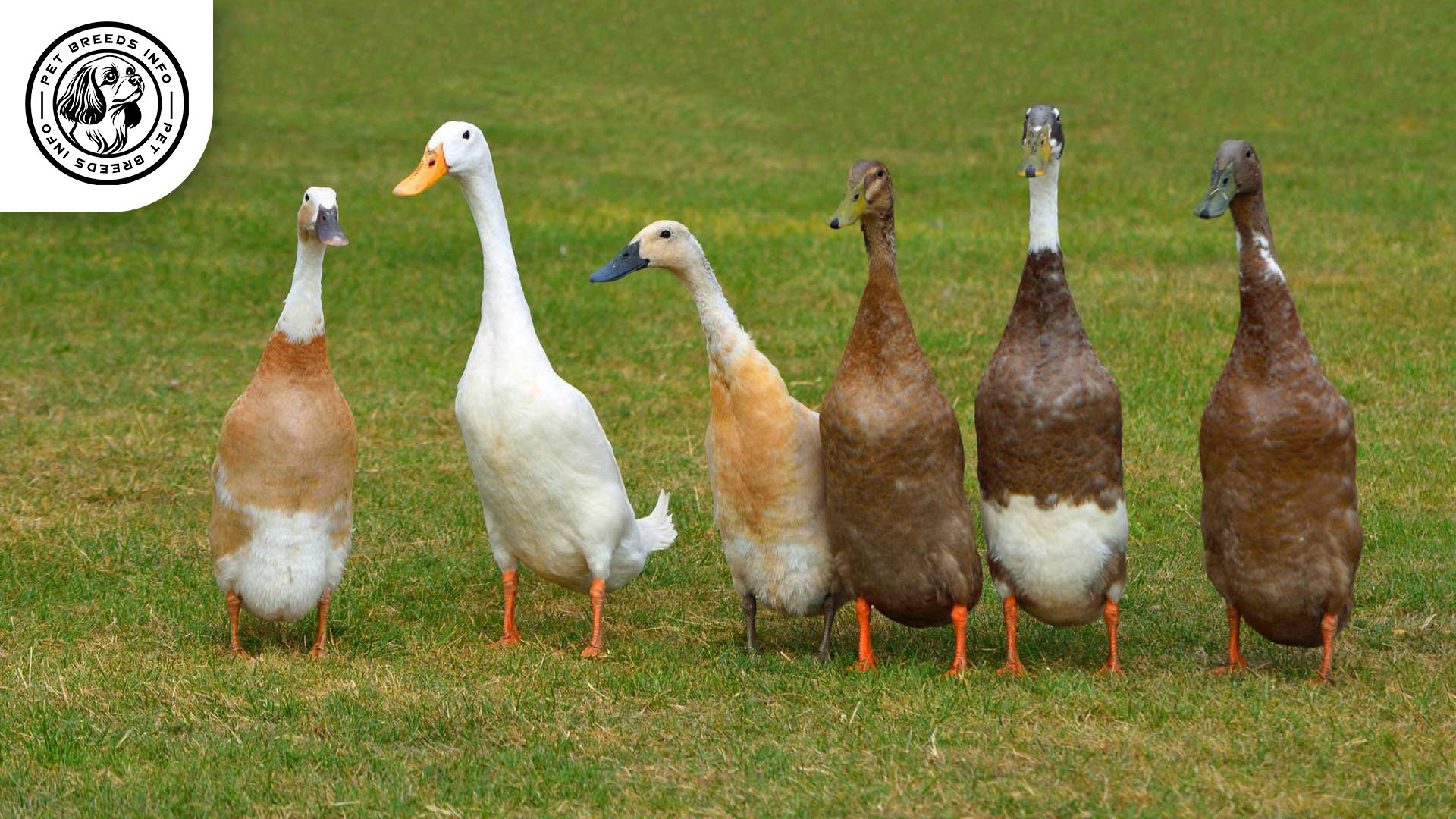
Price and Availability
The cost of an Indian Runner Duck varies depending on factors such as age, color, and breeder reputation, with prices ranging from $10 to $50 per duck.
When purchasing, it is important to choose reputable breeders or farms that prioritize the health and well-being of their ducks.
Many animal shelters or farm rescue organizations may also have Indian Runner Ducks available for adoption.
Conclusion and Final Thoughts
The Indian Runner Duck is an excellent choice for those looking for a unique, low-maintenance, and productive pet. They are known for their friendly nature, high egg production, and amusing, upright posture.
They are best suited for individuals or families with outdoor space where they can forage and explore.
Potential owners should consider their housing, socialization, and dietary needs before committing to this breed.
Overall, Indian Runner Ducks are a fascinating, fun, and highly rewarding addition to farms, backyards, or homesteads.
Read More: Bali Duck
FAQ
What is special about Indian Runner Ducks?
They have a unique tall, upright posture and are excellent egg layers.
Do Indian Runner Ducks need a lot of space?
Yes, they are active and energetic and require outdoor space to roam and forage.
Are Indian Runner Ducks friendly?
Generally, yes. They can form bonds with caretakers and interact well with humans and other animals, especially when socialized early.
What do Indian Runner Ducks eat?
They thrive on commercial duck pellets supplemented with fresh vegetables, grains, and protein sources like insects.
How long do Indian Runner Ducks typically live?
Their average lifespan is 8–12 years with proper care.

